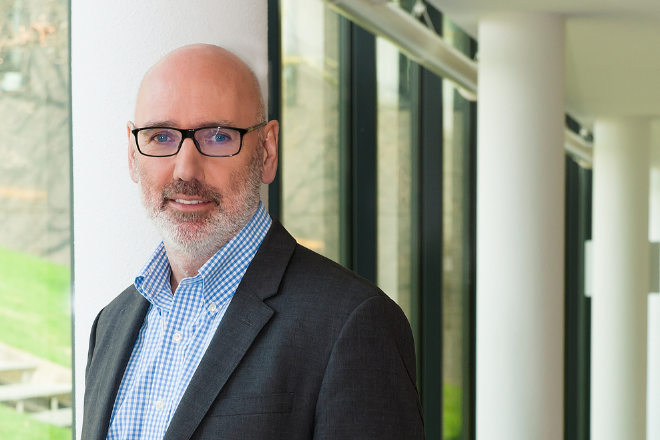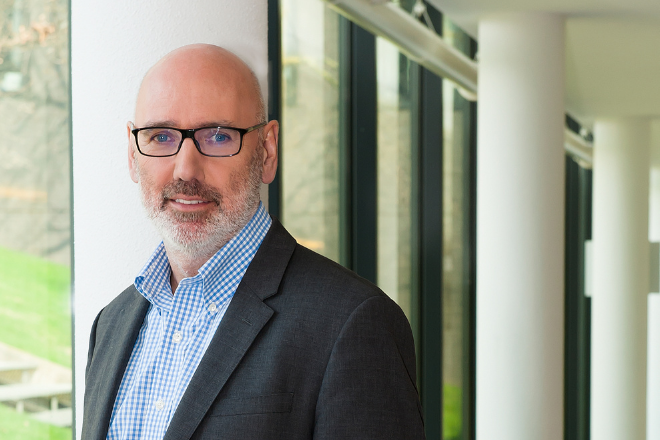There can be no argument against the success of composable technology and ERP in creating agile businesses. Against the backdrop of continual digital evolution and the catalyst of COVID, e-commerce has fully embraced the principles of MACH (Microservices-based, API-first, Cloud native SaaS and Headless) architecture to impressive effect.
But composable thinking is not limited to e-commerce and online retail. The community is turning its attention to the B2B markets of risk-averse, more traditional ‘legacy’ industries and the associated enterprise software technologies. ERP is right in the center of those crosshairs.
Modular ERP and MACH
Despite modular ERP being first discussed over a decade ago, there has been little real progress. The unstoppable force of innovation in the front of the tech stack, has met the immovable object of legacy thinking and a perspective that has prioritized the status quo.
This has left the composable community scratching its head as large projects, ripe for transformation, grind to a halt. It has seemed that MACH and the associated strategies could have increased the chances of success for these projects. We know this because the main drivers for the numerous successes of MACH have been improved responsiveness by building or delivering new functionality, quicker.
This is not a case of schadenfreude from the sidelines. The composable community is so invested in these occasions because it realizes that the B2B companies that they are talking to, need to combine the disruptive innovation that composable technology can bring, with the stability of these existing platforms.
And any progressive enterprise software vendor – especially those within ERP – needs composability to remain relevant and meet the demands of innovation that these legacy-heavy industries face.
We need to be clear here. We are not simply saying that the likes of SAP, Oracle or Infor will need to deconstruct their stack and MACH-ify decades of development in a straight ‘us vs. them’ battle.
What we are proposing is that businesses can now assess their processes at a far more granular level than before. Part of that has meant that the tasks that make up processes have seen their own individual innovation outside of the constraints of the ERP technology that traditionally held the process.
We have already begun to see this as businesses look to increase the implementation of MACH based technologies within their back-end processes. It is no longer the case that composable is confined to customer-facing areas of a business.
Order management is a great example, as are elements of payments, and product information management (PIM). We are seeing innovation in these areas built around the processes taken out of the ERP, innovated upon and then needing to be re-integrated. To manage this collision of technologies, there needs to be an awareness of the differences between two strategies.
Marrying ERP and composable thinking
An ERP system and strategy is built to last ‘as is’ – one system to rule them all and do it all. By comparison, composable systems embrace change and fuel innovation. The customer sits at the center, and the technology undergoes constant evolution to optimize the experience it enables.
Of course, the B2B market wants aspects of both approaches: the agility, speed and customer connection that MACH enables, but also the consistency, reliability and predictability that have been a hallmark of successful legacy enterprise software.
Consequently, these businesses know they need to leave behind single-vendor relationships in order to remain competitive. Refresh cycles are an ideal opportunity to break these bonds and Gartner has already warned that by 2024, at least 50 percent of existing ERP ‘mega vendor’ clients will evaluate multiple vendors rather than automatically adopting the latest versions of incumbent suites.
It is as if the legacy monolith vendors have cautiously walked through the door marked ‘cloud’, not realizing that customers have closed and locked that door behind them. Consequently, these vendors have little choice but to embrace the next steps that lead towards fully composable offerings.
Looking to the future
It is in the long term interests of enterprise software vendors of all sizes to refine this hybrid approach. It will not stop with ERP. We are already seeing the same ‘Break, Improve, Rebuild’ approach being discussed within other functions such as the supply chain , where innovations such as robotics are poised to make a huge impact.
And there are some early, encouraging signs. ERPx from Unit4 embraces microservices and APIs, and Rimini Street has led advocacy of composable ERP. These are indicators that vendors recognize that businesses will no longer build themselves around their product and trust blindly to a claim of partnership. Customers don’t have to have just one dance partner.
The direction of travel is one-way: towards a composable future. The idea of ‘one system to run it all’ rather than one dynamic experience of multiple systems has already begun to recede. The demands of customer businesses, eager to innovate will continue to push changes upon ERP vendors.
Our own research has begun to quantify this shift in attitudes. Despite legacy technology remaining prevalent in organizations, the urgency to innovate and upgrade infrastructure has increased. This is typically expressed in the simultaneous realization of leaders that if they do not innovate now, they will be left behind, and that customer demands continue to increase.
This has driven significant increases in investment in the back-end, whilst at the same time, an increase in MACH adoption. Resistance to change is falling and MACH is being seen as a viable response to economic volatility and market changes – with some evidence to suggest that this approach is more prevalent in the UK. A full report of this research will be available shortly.
Change on both sides
As a result, the composable community must also meet fresh demands. As customers interact with more vendors for individual tasks, they face more effort and risk. This is not merely a technical exercise – customers need to ensure they have the right people skills in their organization to implement and maintain a composable landscape. At this point, the role of the MACH Alliance, in developing certifications and ensuring best practice, becomes critical to the development and successful implementation of hybrid, composable ERP projects across collaborative, rather than competing suppliers.
Customer organizations will no longer tolerate a choice between the innovation and agility of composable commerce, or the convenience and experience of ERP vendors that have sunk time and effort into developing deep vertical expertise. These customer organizations are – on average – conducting an upgrade project every two and half weeks, and business leaders recognize that changes need to be made at high speed. They face a relentless pace of evolution. They not only want the best of both worlds but they will demand that the two sets of investments can cooperate and coordinate at every level.




